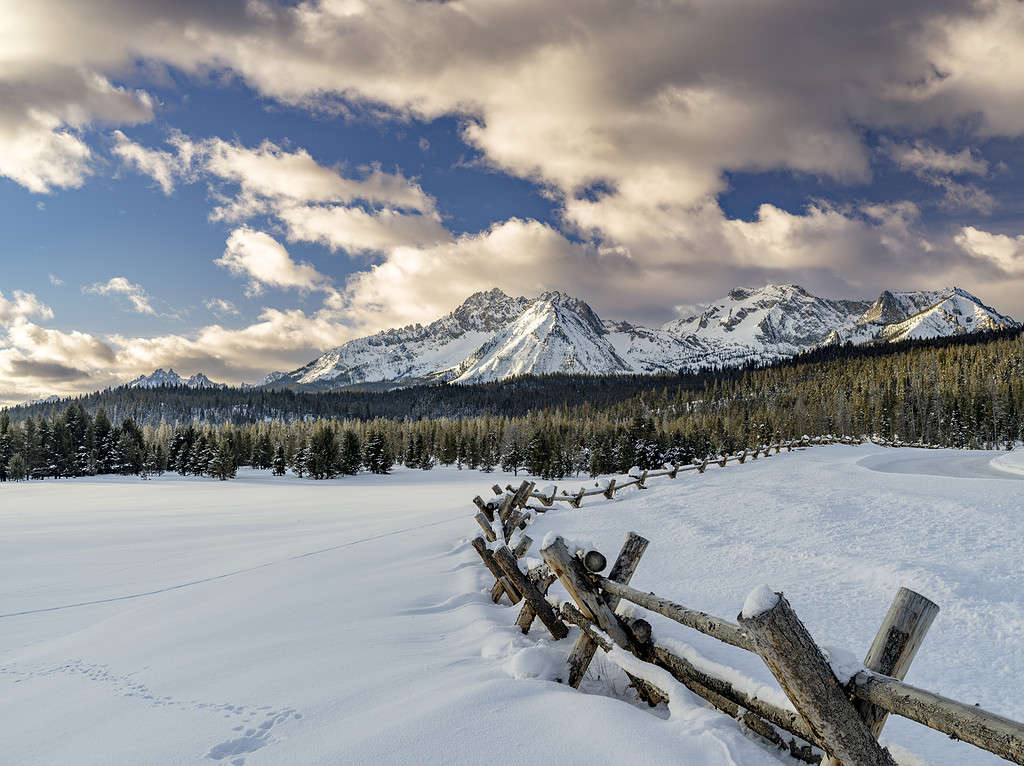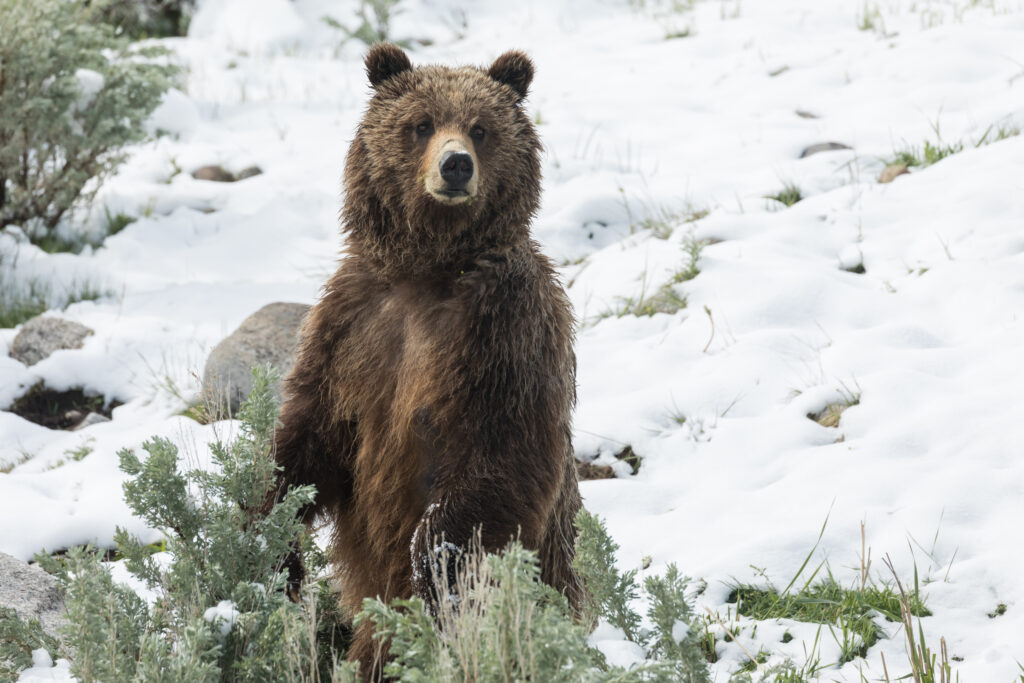Located in the northwestern United States, Idaho is known for its rugged wilderness areas and staggering natural beauty. The state features several mountain ranges, including the Bitterroot Mountains, which form a natural boundary between Montana and Idaho. Along with mountains, Idaho’s landscapes include high desert valleys, canyons, and lower-elevation plains. Given its unique topography and location, Idaho can experience intensely cold winter temperatures. Keep reading to learn all about Idaho’s coldest January ever.

Idaho’s landscape is dominated by mountains, including the Sawtooth mountains in the south-central region of the state.
©knowlesgallery/ via Getty Images
Average January Weather in Idaho
The southern part of Idaho enjoys warmer average temperatures due to this region’s lower elevation. In the state’s northern panhandle, Sandpoint sees average low January temperatures of 22 degrees Fahrenheit and average high temperatures of 35 degrees. Farther south, Boise sees average January temperatures that range from lows of 25 degrees to highs of 38 degrees.
Snow is common during Idaho winters. Boise sees an average five inches of snowfall each January, while Pocatello receives an average of nine inches. One year, Shoshone County recorded nearly 500 inches of snow!
The Great Winter
Idahoans know the winter of 1948-1949 as “The Great Winter” due to the season’s intense snowfall and frigid temperatures. January 1949 is the coldest January in the state’s history with record-setting low temperatures throughout the state.
Snow began to fall the day after Thanksgiving in 1948 and continued with few breaks for the next 13 weeks. According to the National Weather Service, the Pocatello region received major snowstorms every week from late November through early February 1949.

Elevations across Idaho range from 738 feet to over 12,500 feet.
©Diogeninja / CC BY-SA 4.0 – License
That winter’s hardships were documented by Idaho Highway Department Maintenance Supervisor Art Hoult, who kept a journal of the department’s efforts to keep the roads passable through the historic season. Hoult and his crew responded to back-to-back snowstorms throughout December 1948. With considerable effort, the workers were able to maintain at least one open lane on the state’s interstate highways through the end of the year.
Snow fell relentlessly into January 1949. In early January, Birch Creek flooded, leaving Idaho Highway 28 under four inches of ice. It would take Holt’s crews several weeks and a few bulldozers to clear the ice from the roadway. Later, on January 25, Idaho saw its coldest January temperature ever in Pocatello when the temperature plunged to 31.4 degrees below zero.
Other Record-Setting Idaho Winters
While The Great Winter brought historic conditions to Idaho, the state’s lowest temperature ever was recorded in Obsidian on January 18, 1943. On that day, Obsidian — which sits at an elevation of 6,780 feet — saw a low temperature of 60 degrees below zero.
Recently, on January 30, 2023, Idaho Falls recorded a low temperature of 32 degrees below zero. This broke the city’s previous record low temperature for that date of 27 degrees below zero, which was set in 1985.

Idaho’s vast wilderness sustains large animals like grizzly bears.
©Kelp Grizzly Photography/Shutterstock.com
Idaho Wildlife
Idaho is home to a variety of plant, animal, and bird species. The state’s wilderness areas and national parks provide habitats for large mammals like moose, mountain lions, grizzly bears, and bighorn sheep. In addition, the state contains many smaller mammals such as rabbits, coyotes, beavers, and prairie dogs.
Several types of amphibians thrive in Idaho’s prairies and rocky outcroppings. The state is home to western rattlesnakes, gopher snakes, Great Basin collared lizards, and desert horned lizards. Idaho’s rivers provide a habitat for snapping turtles, white sturgeon, and rainbow trout.
The photo featured at the top of this post is © gjohnstonphoto/iStock via Getty Images
Thank you for reading! Have some feedback for us? Contact the AZ Animals editorial team.







